Acclimatization refers to the process by which the body gets used to low levels of oxygen. The higher you climb, the thinner the air becomes, and this means that there are extremely low levels at high altitudes, making it hard to breathe. Mount Kilimanjaro has three altitude zones, and these include:
High altitude: 2500 meters to 3500 meters
Very high altitude: 3500 meters to 5500 meters
Extreme altitude: 5500 meters and above
A good and proper acclimatization strategy usually includes not hiking too fast or too high and also sleeping low when the options are available.
As you prepare for the Kilimanjaro hike, you need to remember that your body needs a lot of oxygen as you hike up the mountain, and the best advice we can give for the best acclimatization is to take more time during the hike. Although it might cost more money, the more days spent on the Kilimanjaro hike, the greater the difference.
Good acclimatization depends on the number of days spent, and we encourage our clients to spend at least 8 days on the hike. This means that you get to spend five nights climbing high and sleeping low to get accustomed to the reduced oxygen levels before hiking to the higher altitudes.
Is acclimatization on Kilimanjaro important?
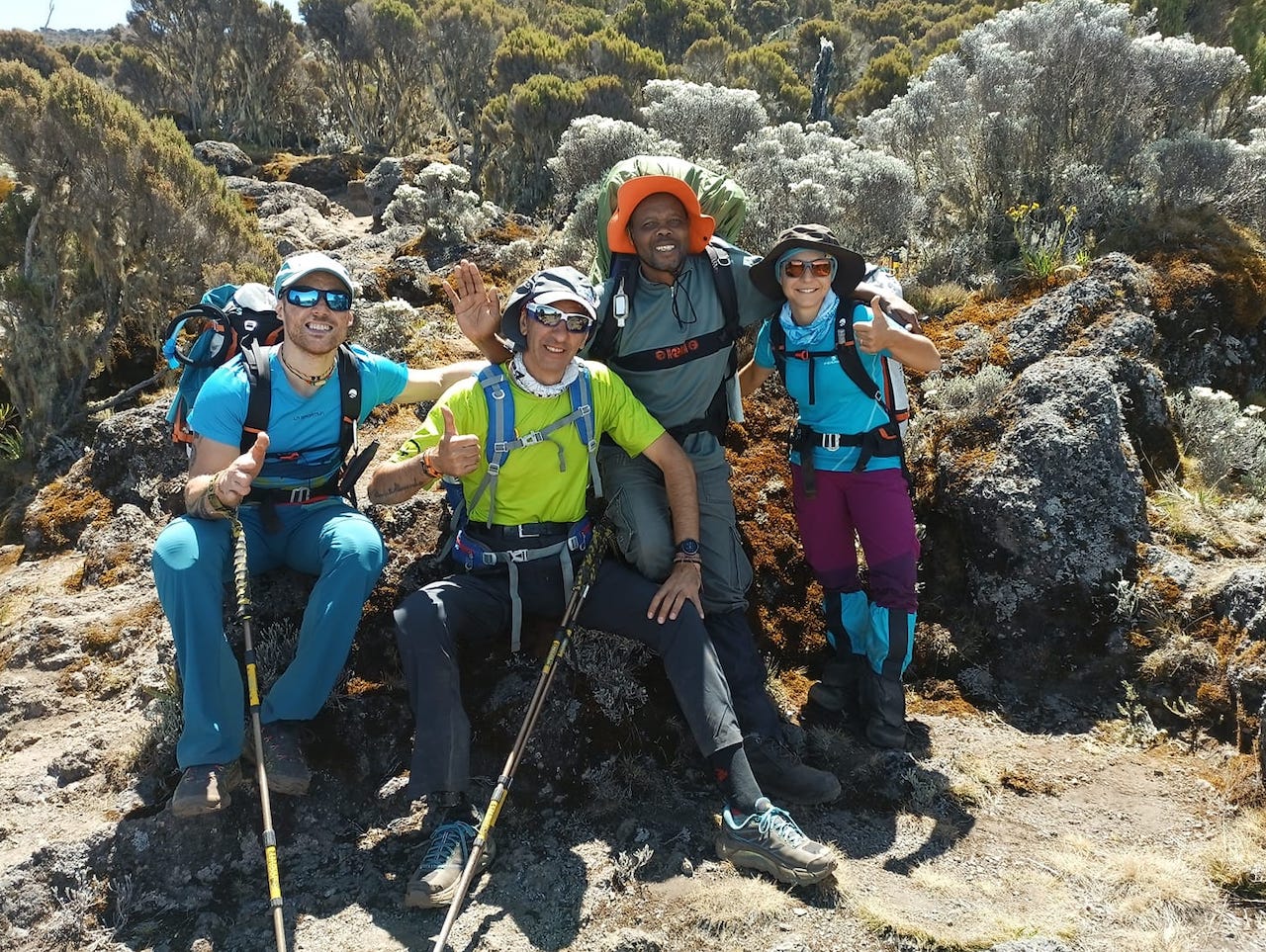
This is one of the most frequently asked questions, and the answer is a very big yes. All you need to know is that when you get to an altitude that is more than 3000 meters above sea level, you will need to take lots of precautions to make sure that you do not get altitude sickness. We need to ensure that our bodies get used to the ever-changing altitude to make it to Uhuru Peak, the highest point in Africa.
An acclimatization line: an acclimatization line refers to the time when the symptoms start occurring. For example, each day has an altitude that is hiked, so if you hike for up to 3600 m a day and, after resting, climb to about 3500 m, you will still be asymptomatic, but if you climb to about 400 m, you will start to experience the symptoms of altitude sickness.
Your body will quickly adjust to the different altitudes, and some of the changes that happen as you ascend higher include breathing faster and deeper.
What is altitude sickness?
Altitude sickness is when our bodies badly react to the reduced levels of oxygen that come with high altitudes. This is the top reason why many hikers do not make it to Uhuru Peak after experiencing severe altitude sickness symptoms.
Altitude sickness varies from mild to severe, and the level will determine whether you can continue with your hike. The lead guide and the entire team, who are fully trained and well-versed in what to do in case of an emergency, will always check with you to make sure that you are not putting yourself in any danger. The team can provide first aid and also call in an evacuation when the need arises.
Some hikers will start experiencing altitude sickness symptoms as soon as they start hiking, especially if they are using the Shira route, but others start the higher they go. Some of the symptoms include erratic sleep, headaches, breathlessness, nausea, and dizziness.
Kilimanjaro tour operators use the Lake Louise Altitude Sickness Board to monitor altitude sickness. The scores of 3 to 7 show mild signs of altitude sickness, and if you have a score that is above 8, that means that you might not be able to continue with your summit ascent and need to descend immediately.
Checkout insights and advice on the best time to climb Mount Kilimanjaro successfully.
High-altitude Cerebral Edema
This is a condition that is associated with severe altitude sickness, which occurs when the brain tissues start swelling and fluid builds. This is a life-threatening condition, and some of the signs of HACE include hallucinations, comas, loss of consciousness, strong headaches, ataxia, and memory loss. All these are usually experienced at night. In case you start feeling any of the above symptoms, don’t wait until morning; prepare to descend immediately.
Altitude pulmonary edema
This is one of the symptoms that come with acute altitude sickness after a failure to acclimatize properly. High Altitude Pulmonary Edema, also known as HAPE, is a severe condition where fluids build up in the lungs, preventing the proper exchange of oxygen, which reduces oxygen levels in the bloodstream. The main cause of HAPE is ascending too fast and too high, and all hikers should note that this is life-threatening. Some of the symptoms include suffocation, especially when sleeping; shortness of breath when you are hiking and resting; hallucinations; extremely tight tests; coughing with frothy fluid; fatigue; weakness; confusion; and irate behavior. In case you start experiencing hallucinations, confusion, and irrational behavior, the pulmonary edema starts affecting the brain, and medication attention should be sought immediately after.
Kilimanjaro routes offer the best acclimatization.
An important aspect of the best acclimatization is choosing the right route leading up to Kilimanjaro Peak. When choosing a route, we recommend that you choose one that will enable you to acclimatize properly. Mount Kilimanjaro has seven routes that are usually used: Lemosho Route, Northern Circuit, Shira, Marangu, Machame, Umbwe, and Rongai. To know more about these routes, check out our website for Kilimanjaro hike routes.
The Machame route, the Northern Circuit, the Rongai route, and the Lemosho Route are the best Kilimanjaro acclimatization routes.
6 Rules to follow to avoid risks while climbing Mount Kilimanjaro
Hiking Mount Kilimanjaro is risky, but it can still be a joyous adventure as long as you follow a few rules, including the following:
- Take lots of water during the hike—at least 4 liters a day.
- Acclimatize properly, and if possible, try acclimatizing before the Kilimanjaro hike (you can use Mount Meru).
- Go slow while hiking on the mountain.
- Make sure that you follow the guidelines of climbing high and sleeping low to acclimatize.
- Avoid taking alcohol, caffeine, or smoking during the hike.
- Carry some altitude sickness medicine with you, and we recommend Diamox.
If you start feeling unwell, it means that you have altitude sickness until proven otherwise. When the symptoms persist, make sure that you do not ascend anymore, and in case you get worse, we advise that you descend immediately
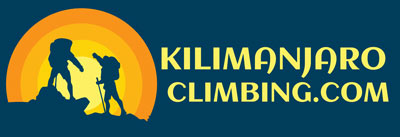
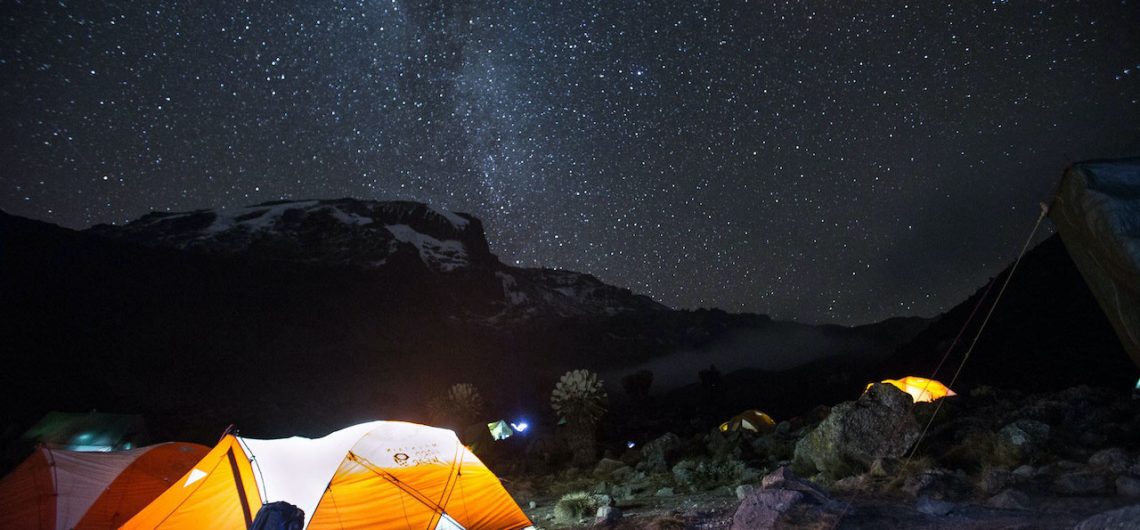
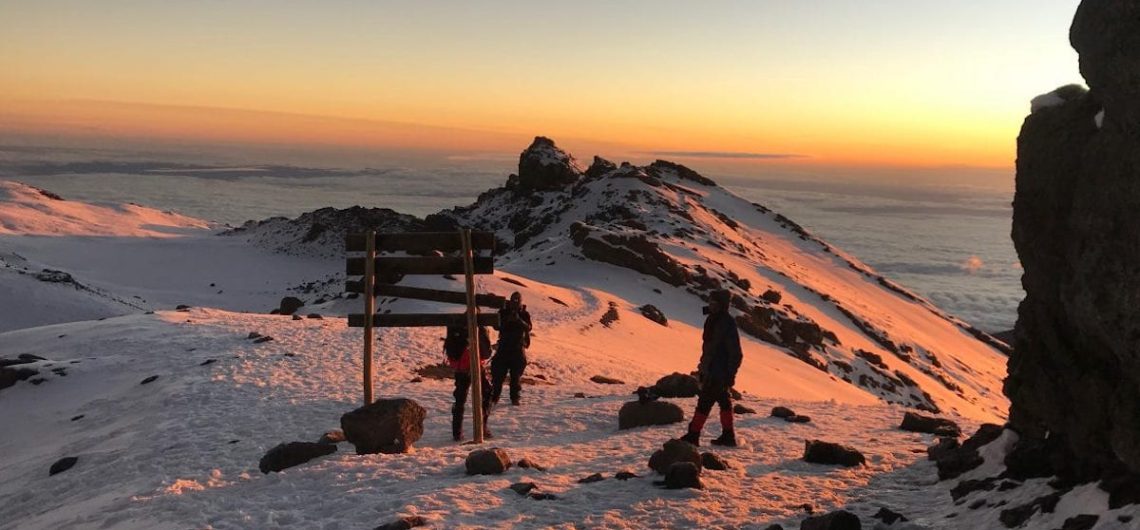
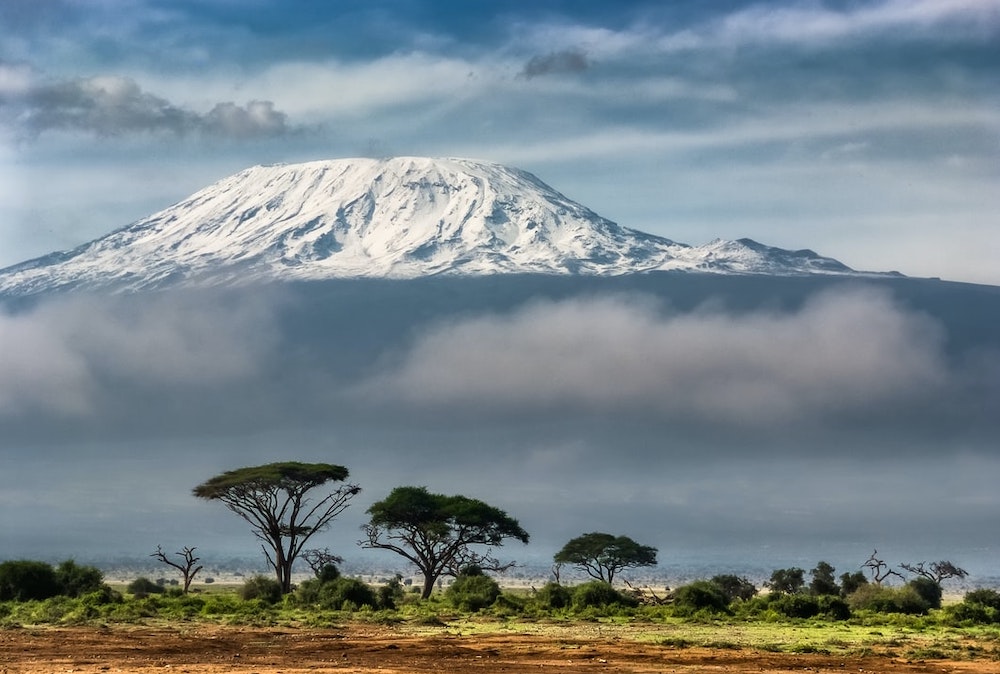
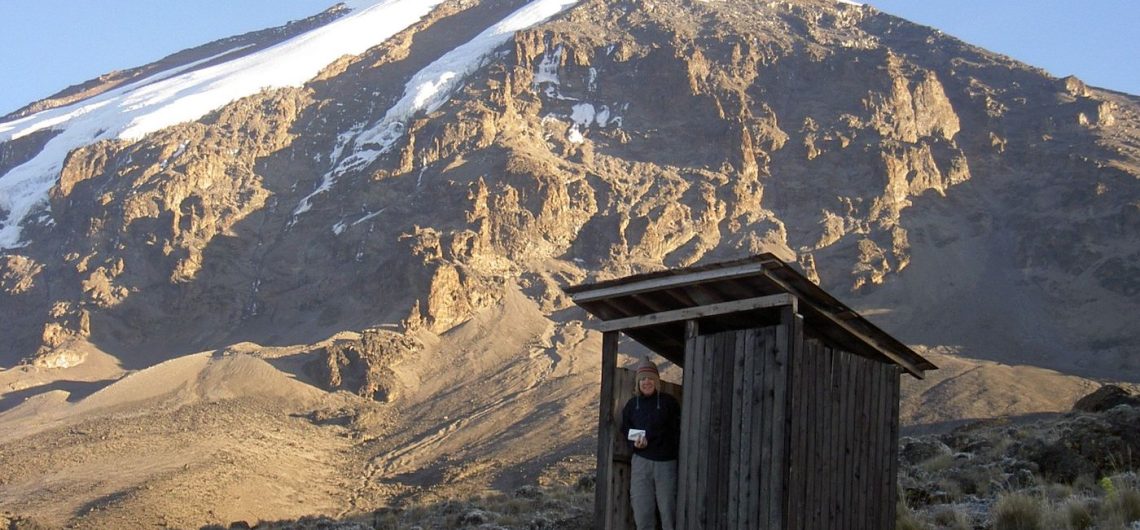
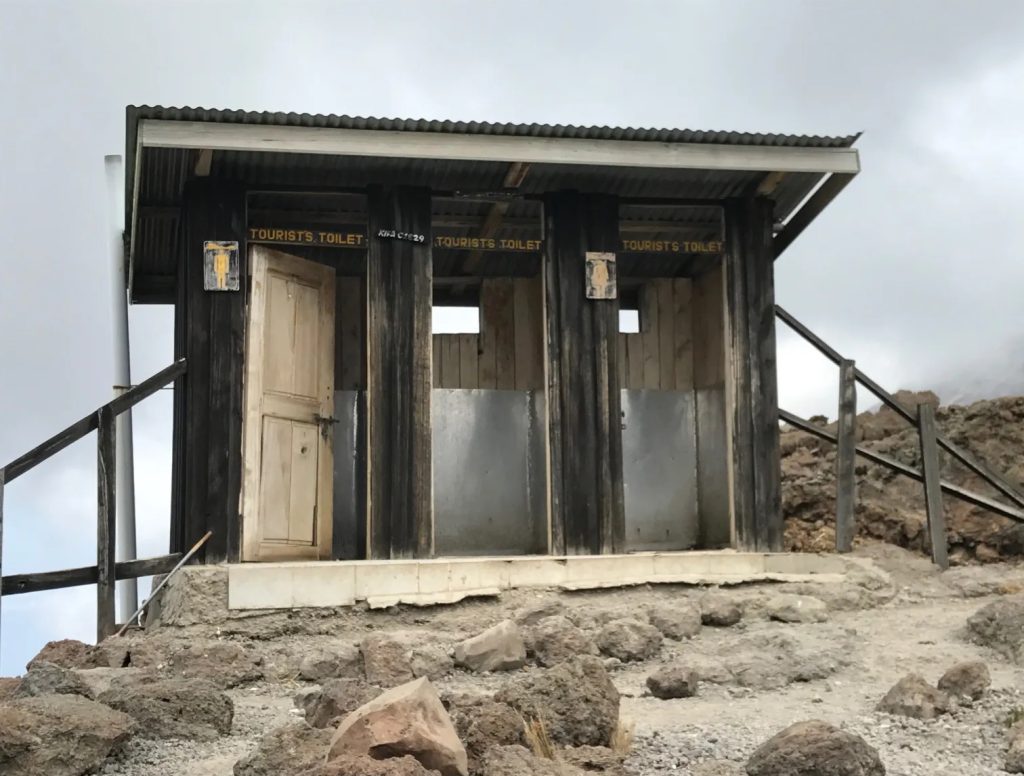
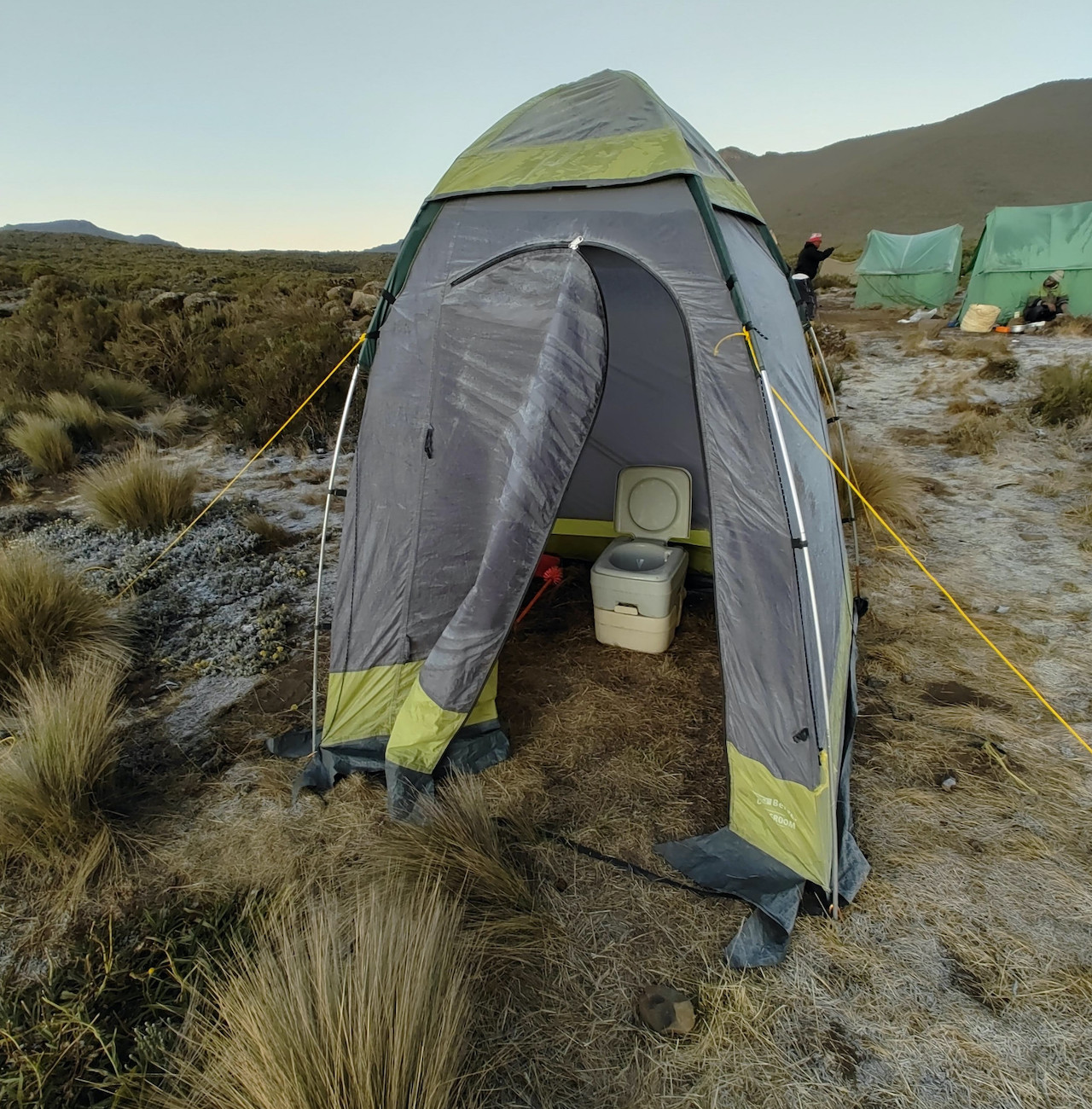
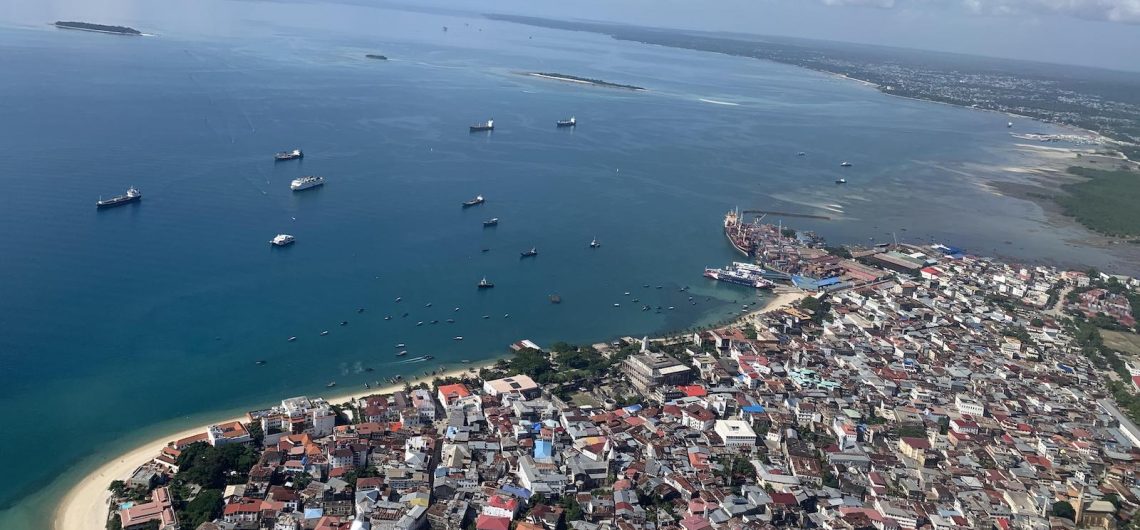
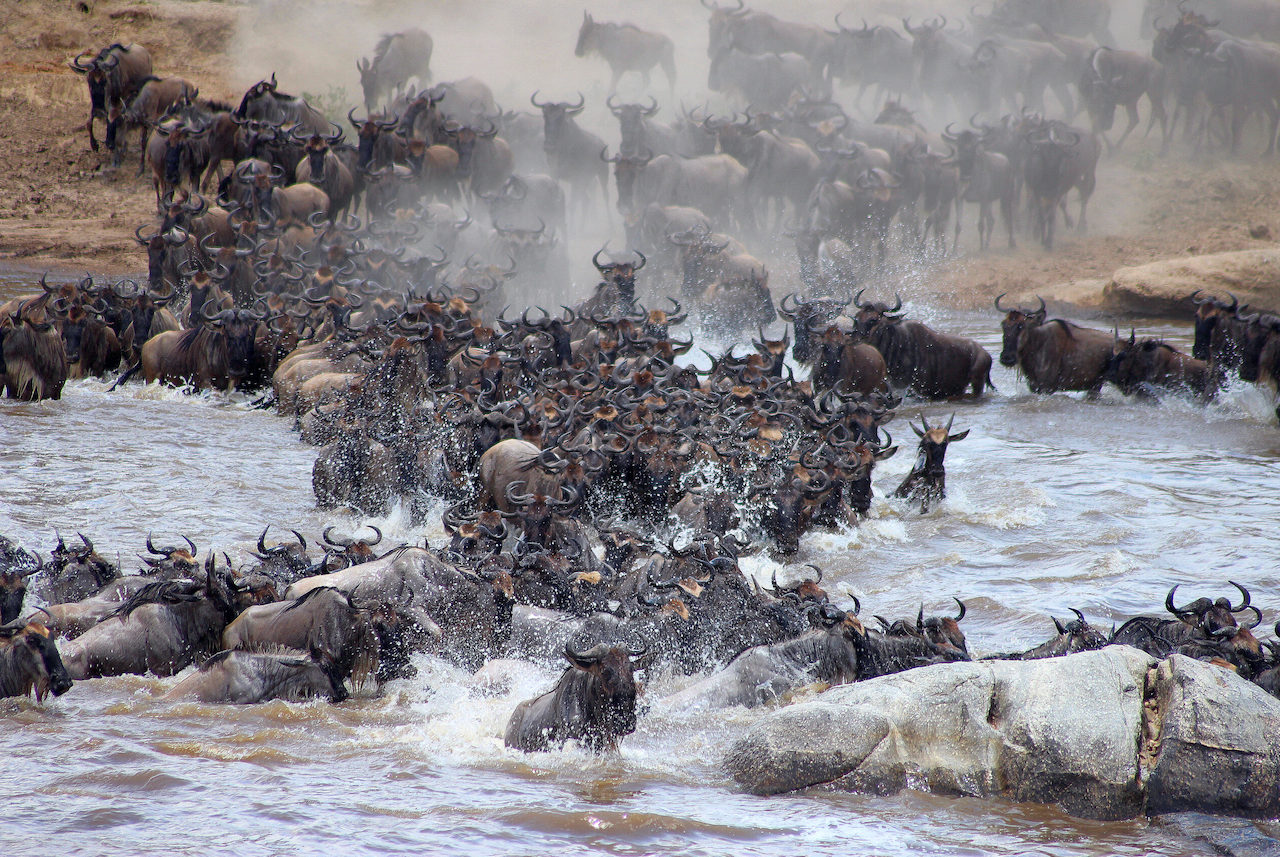
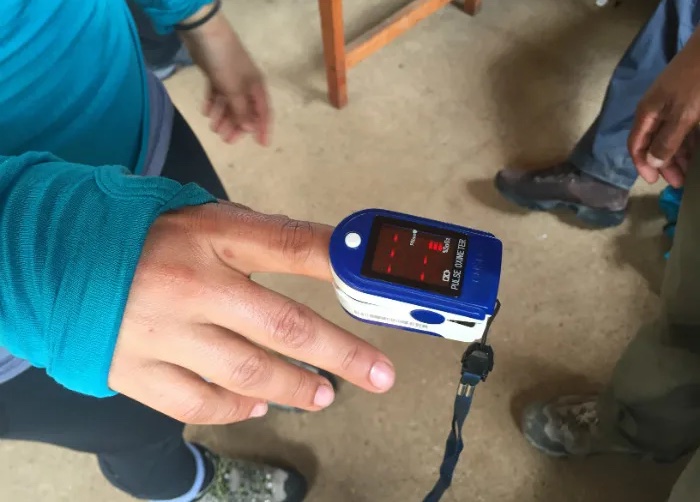 A pulse oximeter is used to test the levels of oxygen in one’s blood during the climb, and it is placed on the climber’s fingertip.
A pulse oximeter is used to test the levels of oxygen in one’s blood during the climb, and it is placed on the climber’s fingertip.